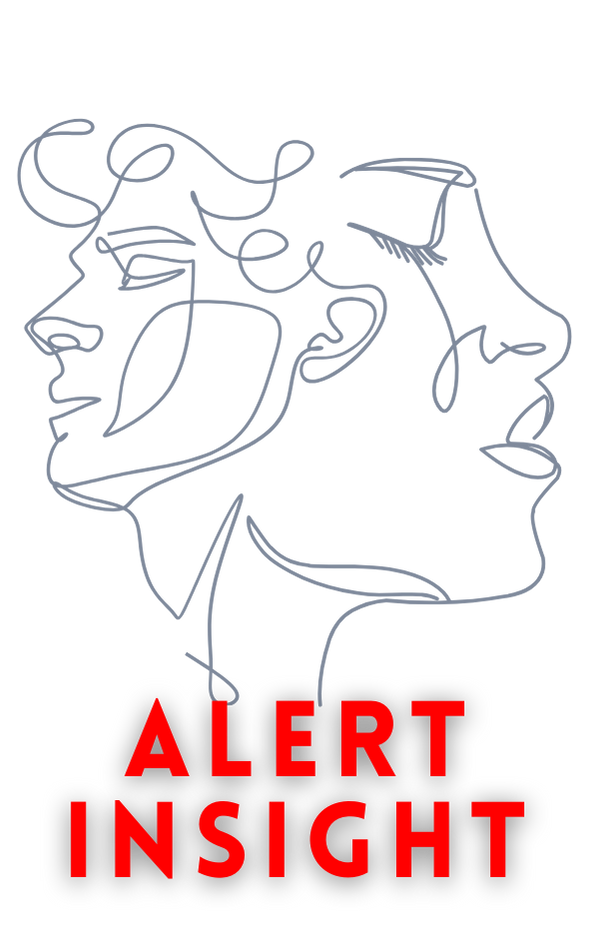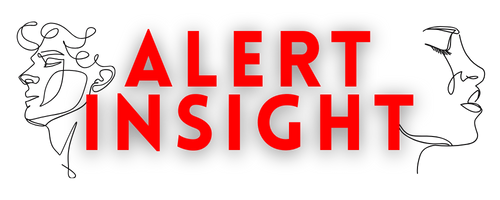
The term “red flag” refers to a warning sign. The phrase literally means “red flag,” which was historically used as a warning signal or distress signal in battles. In the past, the red flag was also a symbol of danger.
Today, this concept has become widespread in our everyday language. When we talk about red flags, we are referring to warning signs that indicate potential problems or dangers. These signs have become particularly important in the online world, where we often have to make decisions based on very limited information.
What is a red flag in the online space?
A red flag is a behavioral pattern, communication style, or other indicator that suggests something is not right. In an online environment, these warnings help us recognize and avoid scammers, phishing attempts, toxic relationships, and other dangers commonly found in the digital space.
Types of Online Red Flags
We can categorize online red flags based on where they appear and what processes they are associated with.
1. Red Flags in Social Media – Be Alert and Suspicious If:
- A profile seems too perfect: If someone’s posts are overly polished, they always agree with you, and never have any conflicts, this can be suspicious.
- Conflicting information: If a person shares very different personal details on different platforms, it’s a warning sign.
- Excessively quick attachment: If someone wants to get close to you too fast, asks for personal information, or declares love too soon.
- Secrecy: If they don’t have real photos, avoid showing themselves, or consistently refuse video calls.
2. Red Flags in Online Dating
- Vague profile: Only very general information is available, without clear details about interests.
- Requests for financial help: If someone asks for money, offers investment opportunities, or shares financial problems.
- Inconsistencies: Frequent changes in their stories and biography details.
- Pressure in communication: If they push for an immediate meeting or try to rush you into making quick decisions.
👉 Want to read about an online dating scam? Click here and spot the red flags!
3. Red Flags in Online Shopping
- Too-good-to-be-true prices or offers.
- Poor language and grammar in communication.
- Limited payment options, especially if only irreversible methods are accepted (e.g., cryptocurrency, wire transfers).
- Missing or suspicious contact details, no real address or phone number.
- No terms and conditions, which is a common trait of scam websites.
A Real Story – This Could Happen to You Too…
A friend of mine, Peter, experienced an online shopping scam. He had been searching for a limited-edition sneaker for a long time but couldn’t find it anywhere. One day, an ad appeared on social media from an unknown site offering exactly the sneaker he wanted at a 40% discount.
At first glance, the website looked professional, but upon closer inspection, several red flags appeared:
- The contact page only listed an email address, and there was no company address.
- The “About Us” page contained only generic information with no concrete details.
- Product descriptions were full of grammar mistakes, and the photos were copied from well-known websites.
Even though Peter was tempted, the final warning sign was the payment method:
- The site only accepted bank transfers—no credit card or cash-on-delivery options.
- He also received a pressure tactic: “Only 2 pairs left in stock, and 15 people are viewing this item right now!”
Peter decided to check reviews of the company, and while the website had five-star ratings, independent forums had no mention of it—something nearly impossible for a real sneaker store. In the end, he didn’t order, and two weeks later, the site vanished without a trace.
4. Red Flags in Online Job Offers
- Unrealistically high salaries for little to no qualifications or experience.
- Early requests for personal data, such as ID copies, bank details, or personal photos.
- Unclear job responsibilities, or the complete lack of a job description.
- Requests for money before starting, under reasons like training fees or equipment costs.
- Fees after job completion, claiming administrative or processing costs.
How Should You React to Red Flags?
✅ Trust your instincts – If something feels off, there’s probably a reason.
✅ Do your research – Check the company or person on multiple platforms.
✅ Slow down – Don’t let anyone pressure you into quick decisions.
✅ Ask for an outside opinion – Others may notice red flags that you miss.
✅ Protect your personal information – Never share ID copies or banking details with unverified sources.
Final Thoughts
Recognizing online red flags is a crucial skill for navigating the digital world. Awareness, a healthy level of suspicion, and common sense can help you avoid unpleasant or dangerous situations.
💡 Remember: The online world is not a playground!
If just one person avoids a scam after reading this article, then writing it was worth it.
Dorka
The History and Development of AI
Artificial Intelligence (AI) has become part of our everyday [...]
The Issue of Mobile Phone Regulations in Hungarian Schools and Meaningful Breaks
The issue of mobile phone regulations in schools and [...]
My Romantic Scam
It’s important to clarify at the very beginning that [...]











